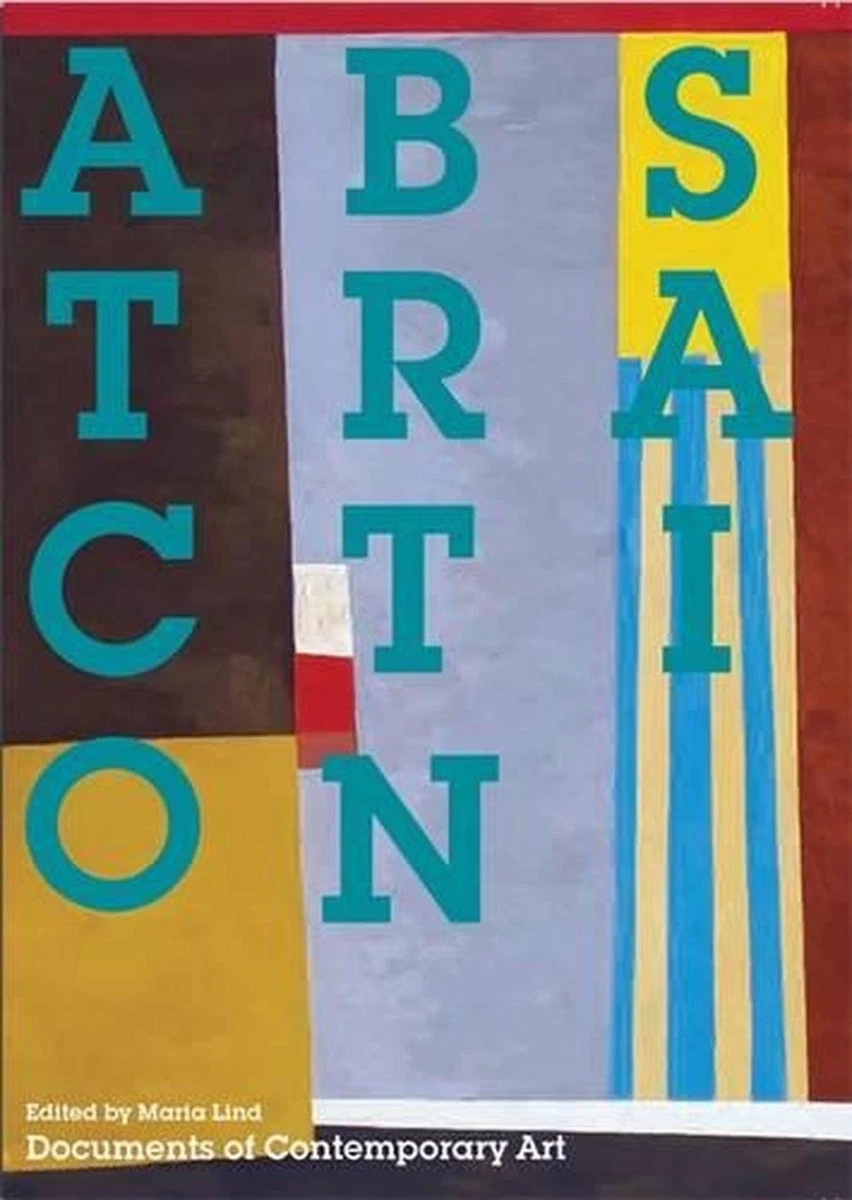The Renaissance of Analog Photography: Embracing the Past in a Digital Age
In an era where digital technology reigns supreme, where images are captured, edited, and shared within seconds, a quiet yet profound resurgence of analog photography is afoot, challenging the very essence of instant gratification. What was once seen as obsolete is now being re-embraced by both amateur and professional photographers who seek a more tactile and intentional approach to image-making. This renaissance of film photography isn't just nostalgia; it's a creative movement that celebrates the process as much as the final image.
The rise of digital technology at the turn of the 21st century brought about a revolutionary change in the way we take and consume photographs. Film was rapidly pushed to the sidelines as the new digital cameras offered convenience, cost-effectiveness, and immediacy. However, as the world steered towards pixel perfection, a niche of analog enthusiasts persisted, driven by a passion for the organic quality of film. Today, their persistence has paid off, as more photographers discover or re-discover the unique joy of shooting with film.
Analog photography demands a discipline that digital often sidesteps. Each click of the shutter is a commitment, a frame of film used, not a mere addition to an infinite memory card. The finitude of a roll of film, typically offering 24 to 36 exposures, encourages photographers to compose their shots with greater care, to pause and consider the scene before them, and to connect with their subjects on a deeper level. This deliberateness often results in images that have a soul of their own—a certain je ne sais quoi that’s hard to replicate in the digital process.
Manufacturers and developers have taken note of this renewed interest. Film that was discontinued is being resurrected. Cameras that lay forgotten in the attics are being sought after as cherished tools for artistic expression. Major brands such as Kodak and Fujifilm have started to ramp up their production of film stocks to meet the growing demand. Kodak even brought back its legendary Ektachrome slide film to the delight of photography purists. Smaller companies, like ILFORD and Lomography, continue to innovate, offering a variety of films with unique characteristics.
The value of analog extends beyond the tactile feel of winding a roll or the anticipation of developing. It offers a means to slow down in a fast-paced world. When a photographer lifts an analog camera to the eye, there's a moment of profound presence. There’s no immediate feedback of an LCD screen—only the photographer’s vision, the camera, the film, and the subject. This experience fosters a meditative aspect to photography that is lost amid the rapid-fire shutter clicks of digital cameras.
Education plays a significant role as well in this revival. Photography classes that were once dominated by digital lectures are now reintroducing darkroom sessions. Students revel in watching their captured images slowly come to life in developer baths—a magic that's palpable and enchanting.
However, this isn't to say that analog photography is easy or for the faint-hearted. It comes with its own set of challenges. Film can be expensive, and the process from shooting to having prints in hand can be lengthy. It demands a certain level of skill in understanding light, exposure, and composition that automatic settings on a digital camera would typically handle.
The community around analog photography is tight-knit and fervent. Online forums and social media groups dedicated to film photography are thriving. Workshops and meetups are common, many of which involve photowalks where participants bring their film cameras and capture scenes together. These gatherings are not just about the photos but about sharing knowledge, skills, and a passion for an art form that refuses to be relegated to the past.
As the first part of this article closes, it’s clear that the analog photography movement goes well beyond mere nostalgia. It captures a yearning for authenticity and mindfulness in the creative process. In the following segment, we will delve further into the stories of individual photographers who have embraced this medium, explore the intersection of analog and digital workflows, and ponder the future of this enduring art form.Empowering the Hands-On Photographer: Portraits of Analog Enthusiasts
As the analog photography movement flourishes, individuals from diverse backgrounds are drawn to its charm, ambassadors of a craft that is as much about patience as it is about artistry. Meet Elena, a 30-year-old graphic designer who stumbled upon her father's old Minolta in the attic and decided to breathe new life into it. The camera, replete with scratches and dust, became her vessel for exploration. "Each photograph I take is my escape from retouching softwares and pixels. It's reality, raw and beautiful," she says. Elena represents a segment of creatives who find solace in the tangibility of film, each negative a testimonial of their dedication to preserving moments as they are, untouched by the digital wand.
In the modern era of content creation, the merging of analog techniques with digital technology has given birth to a hybrid workflow. Photographers like Alex, with his penchant for mixing media, embrace both worlds. "I capture on film for its unparalleled aesthetic, then scan the negatives to integrate into digital projects," Alex explains. The fusion of grainy textures from analog photos with modern graphic elements creates a stylized harmony that resonates with digital natives who still crave the organic feel film brings.
This methodology underscores a renaissance that does not reject the new but rather invites a cooperative relationship with it. Professional photo labs have adapted as well, offering high-resolution scans alongside traditional prints, enabling film photographers to digitize their work without sacrificing their commitment to analog processes.
While the community surrounding analog photography may be growing, challenges remain. The necessity for specialty film processing equipment and the decline of accessible darkrooms has led to a cottage industry of home development kits and tutorials. Enthusiasts like Sarah, an avid developer who turned her bathroom into a makeshift darkroom, find empowerment in controlling the development process from start to finish. “It’s therapeutic,” she claims, “a personal journey through each step that ends with a physical photograph I can hold.” This hands-on approach is a stark contrast to the 'point, shoot, and forget' methodology that often accompanies smartphone photography.
To ensure the longevity of film photography, educational institutions and independent organizations are working to pass down the necessary skills and knowledge. Initiatives like ‘The Darkroom Project’ aim to keep the traditional photographic arts alive by offering public access to darkroom facilities, and ‘Film Photography Podcasts’ share tips and stories, connecting a global audience in their collective love for analog.
What does the future hold for film photography? It's a blend of heritage and progression, a legacy given new vigor through modern eyes. Film isn't just surviving; it's thriving in the hands of those who value the depth and character it offers. The digital age may have broadened our horizons, but it also taught us to appreciate the virtues of a method that insists we stop, look, and truly see.
As we witness young photographers loading rolls of film into vintage SLRs, we are reminded that the essence of photography is not defined by the medium but by the vision of the photographer. Analog photography may once have been on the brink of oblivion, but today it is an evocative part of our cultural narrative, a testament to the enduring human desire to create something lasting and meaningful.
From the resurgence of vinyl records to the comeback of traditional film photography, the cultural landscape seems to be in agreement: there is room for the old amidst the new. What we are experiencing is a comprehensive appreciation for methods and materials that were once feared lost. Analog photography, with its rich colors, distinctive grains, and thoughtful process, continues to captivate a generation of artists seeking connection and authenticity in an increasingly virtual world.
In conclusion, the analog photography renaissance is a movement that reverberates with the conscious choice to embrace a seemingly bygone era, highlighting an intricate dance between the past and present. It's a story about texture, grain, light, and shadow. It’s about the physical and metaphysical. It’s about capturing life on a strip of film and holding a moment that stands the test of time. As the shutter clicks, the renaissance is alive—one frame at a time.





.webp)




Comments